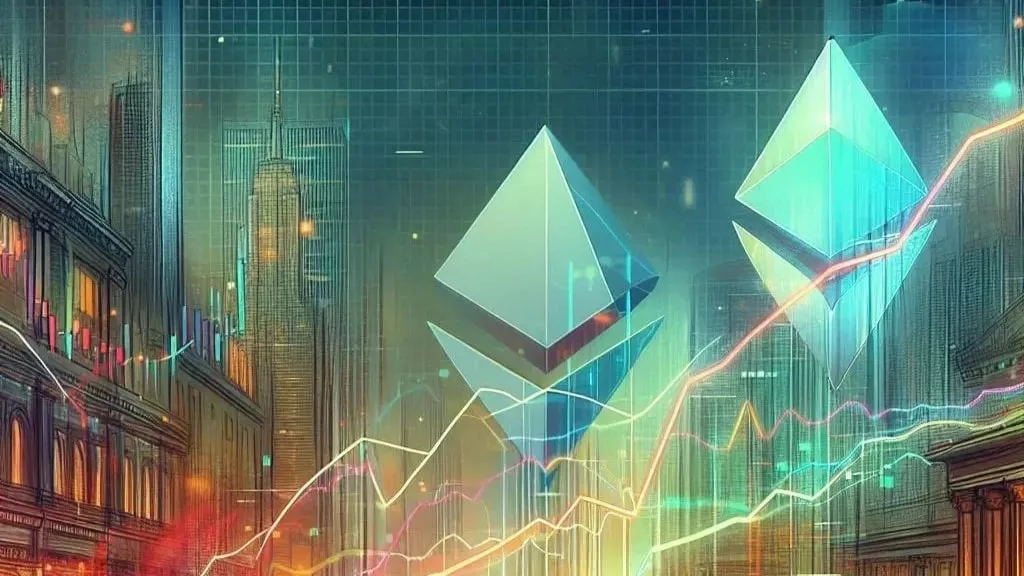The recent cryptocurrency market correction caused by geopolitical shocks marked one of the largest liquidation events in crypto history. While many networks experienced severe slowdowns and congestion, Solana demonstrated remarkable resilience, outperforming Ethereum and proving its strength under extreme market pressure.
Solana Stands Out During Extreme Volatility
During last Friday’s massive market downturn, Solana’s network remained operational despite unprecedented transaction volumes. According to a post from DefDevCorp, a Nasdaq-listed Solana Digital Asset Treasury (DAT), Solana handled over 1,225 transactions per second (TPS) at the peak of the liquidation event. Blocks finalized in just 350 milliseconds, and transaction fees temporarily rose to $0.25 before normalizing under $0.01.
In contrast, Ethereum’s network faced significant congestion, with TPS limited to around 26. Block times ballooned to 15 seconds, and average gas fees surged to $616, effectively locking out users and rendering the network practically unusable during peak demand. These performance differences highlight the practical advantages of Solana’s high-performance architecture over Ethereum’s more congested network under stress.
Technical Advantages Behind Solana’s Performance
Solana’s resilience stems from its unique consensus and architecture design. Unlike Ethereum, which relies on a proof-of-stake network coupled with high transaction demand, Solana leverages Proof-of-History (PoH) combined with a fast Proof-of-Stake (PoS) mechanism. This design allows Solana to maintain low latency, high throughput, and minimal fees, even during periods of extreme activity.
DefDevCorp emphasized that Solana’s upgrades and continuous optimization over the past 20 months have allowed it to maintain uninterrupted uptime, even during its busiest periods. This consistency ensures that traders and developers can rely on Solana for decentralized finance (DeFi) transactions without the risk of network failures or cost spikes.
Ethereum Network Struggles Under Pressure
The market collapse revealed Ethereum’s limitations under real-world pressure. High gas fees, long confirmation times, and network congestion rendered ETH largely impractical during the peak of volatility. Traders reported multiple failed transactions, delayed settlements, and significant disruption in DeFi protocols.
Aylo, a researcher at alphapleaseHQ and advisor at KaminoFinance, highlighted that his DeFi positions on Ethereum were effectively frozen during the crash. Meanwhile, Solana allowed uninterrupted trading and transaction processing, proving its utility and reliability. This stark contrast is prompting many analysts and traders to reassess Ethereum’s capacity to handle large-scale market shocks.
SOL’s Network Reliability vs. Market Valuation
Despite demonstrating superior performance, Solana’s market valuation does not yet reflect its technical resilience. Experts argue that SOL’s ability to maintain low fees, high throughput, and fast confirmations under extreme conditions should position it as a stronger contender for institutional adoption and large-scale DeFi applications.
Solana’s network reliability makes it an ideal platform for high-frequency trading, DeFi projects, and global value transfer. By contrast, Ethereum’s struggles during the same period have exposed its vulnerability to congestion, high fees, and limited scalability during peak demand.
Implications for Investors and Developers
For investors, Solana’s performance highlights the importance of network reliability in determining long-term blockchain value. While Ethereum remains the second-largest cryptocurrency by market cap and retains significant developer adoption, Solana’s robust architecture provides a practical edge during periods of market stress.
Developers may also benefit from Solana’s low transaction costs and high throughput, making it more suitable for complex DeFi applications, NFT marketplaces, and real-time trading platforms. As blockchain adoption grows, networks capable of withstanding sudden market shocks may become increasingly attractive for institutional participants and developers seeking scalability and stability.
What the Future Holds
Solana’s ability to operate seamlessly during a historic liquidation event reinforces its reputation as one of the most performant blockchains in the crypto ecosystem. While Ethereum continues to dominate in terms of developer activity and smart contract adoption, Solana’s architecture ensures that it can handle global-scale demand more efficiently.
Market observers now face the question: Will technical reliability start playing a more prominent role in investor decision-making? SOL’s real-world performance during the recent stress test suggests that reliability, low fees, and speed could become critical factors in blockchain adoption and long-term valuation.
Conclusion
The recent market turbulence exposed a clear divide between Solana and Ethereum. Solana proved its ability to remain fast, affordable, and usable even under extreme conditions, while Ethereum’s network struggled to maintain normal operations. This event highlights the practical importance of performance and reliability in blockchain networks.
As the cryptocurrency ecosystem continues to evolve, Solana’s technical resilience positions it as a leading network for both institutional and retail adoption. Investors and developers seeking stable, scalable platforms may increasingly look toward SOL, particularly in an environment where high network performance is crucial for navigating volatile market conditions.
Post Views: 45
